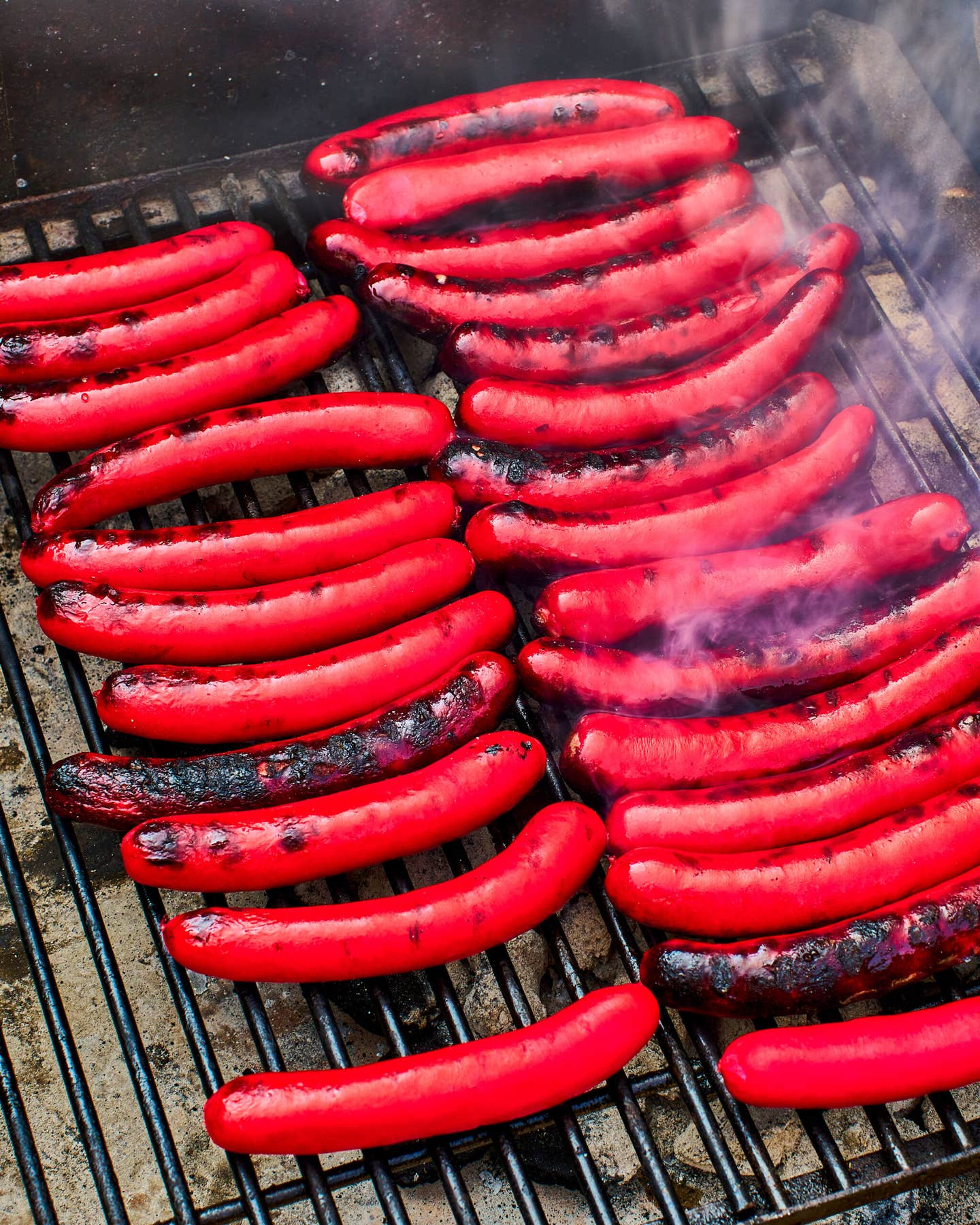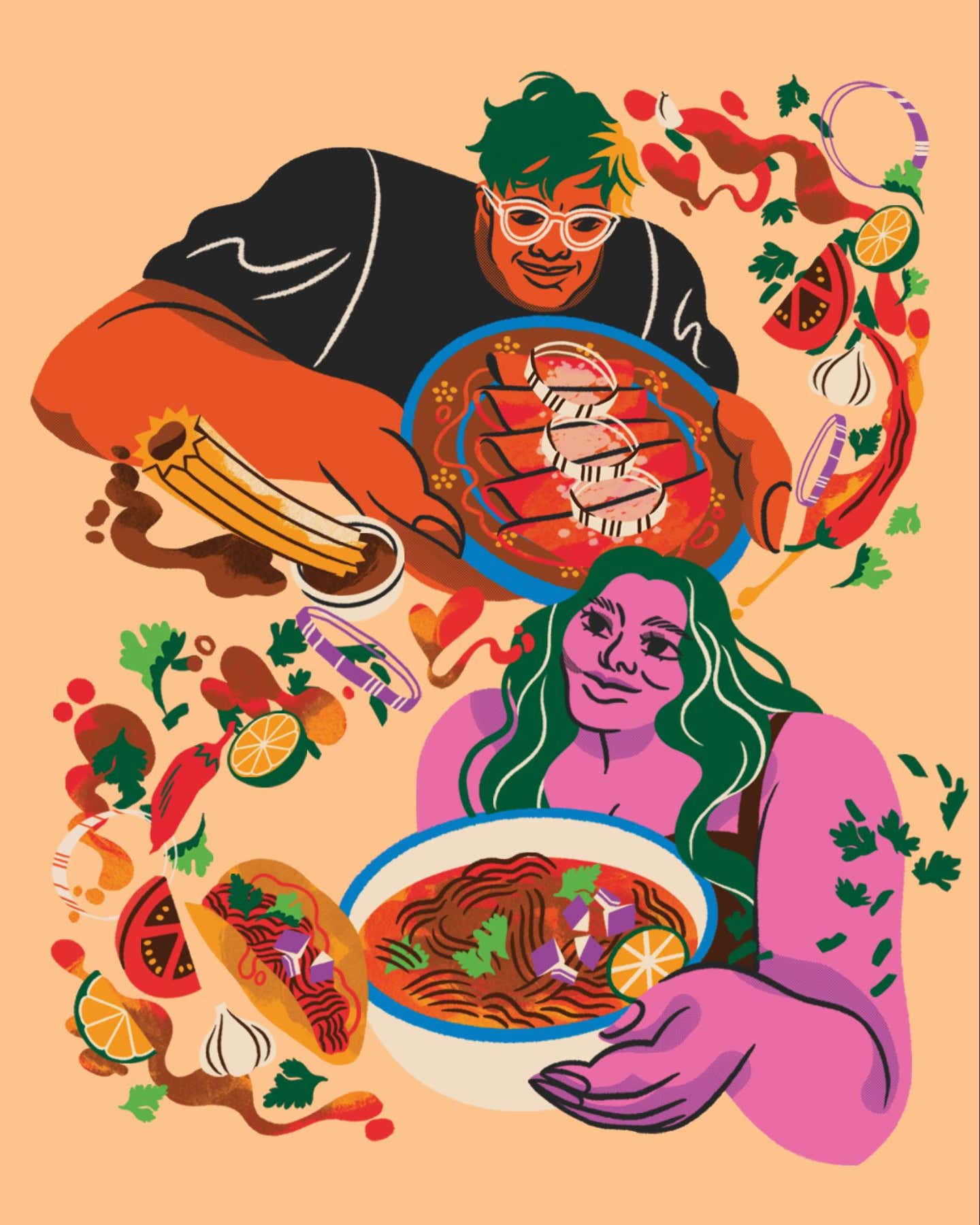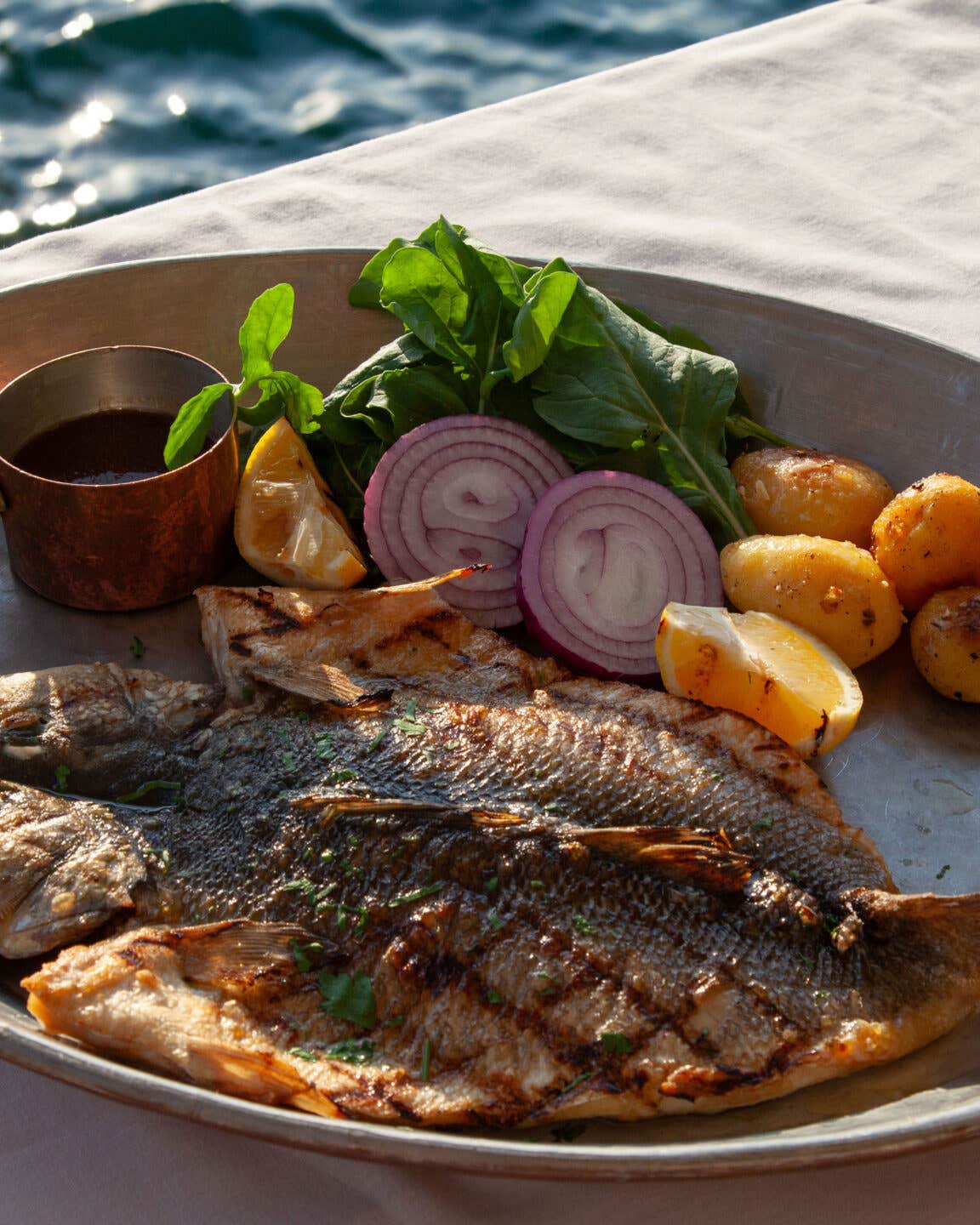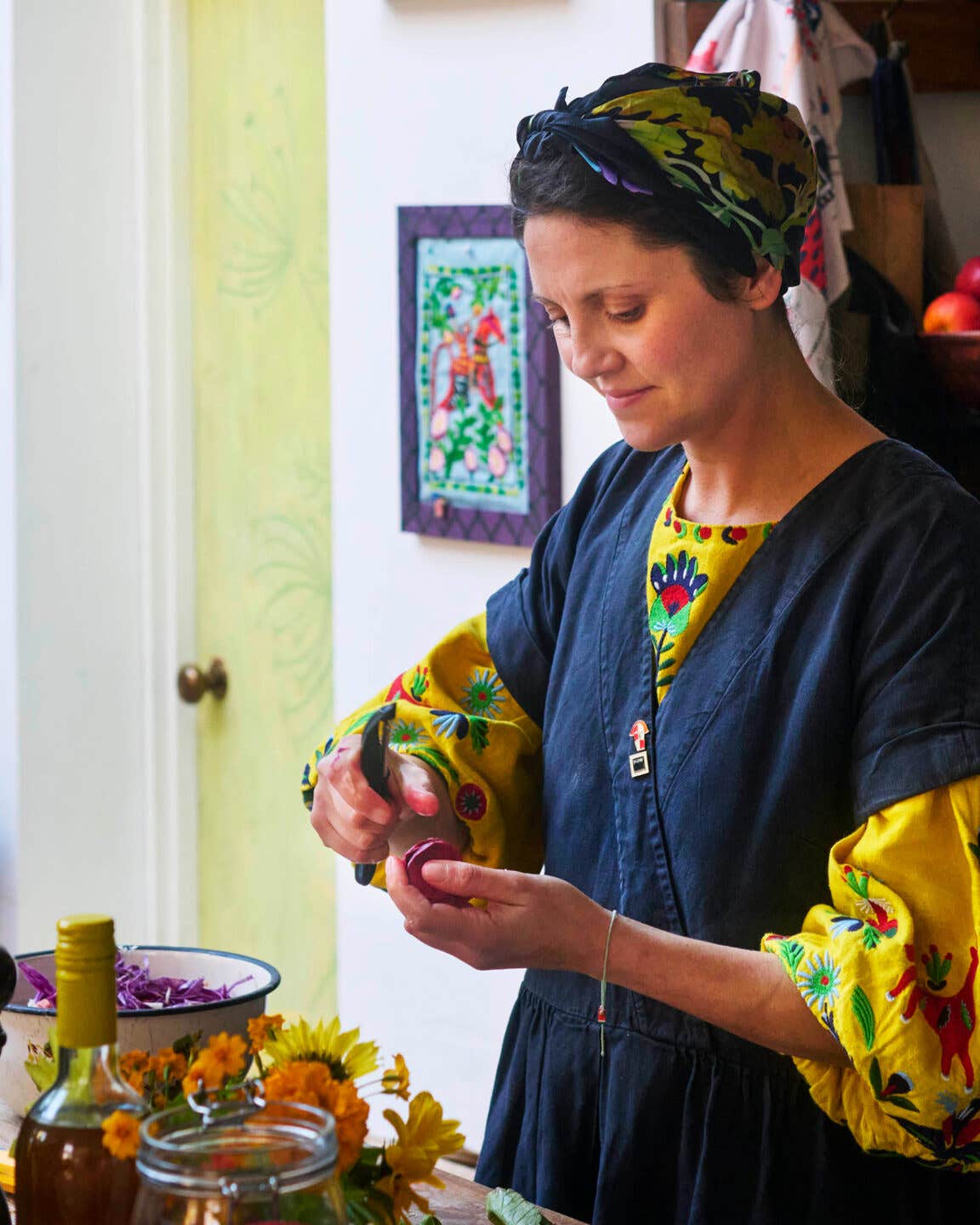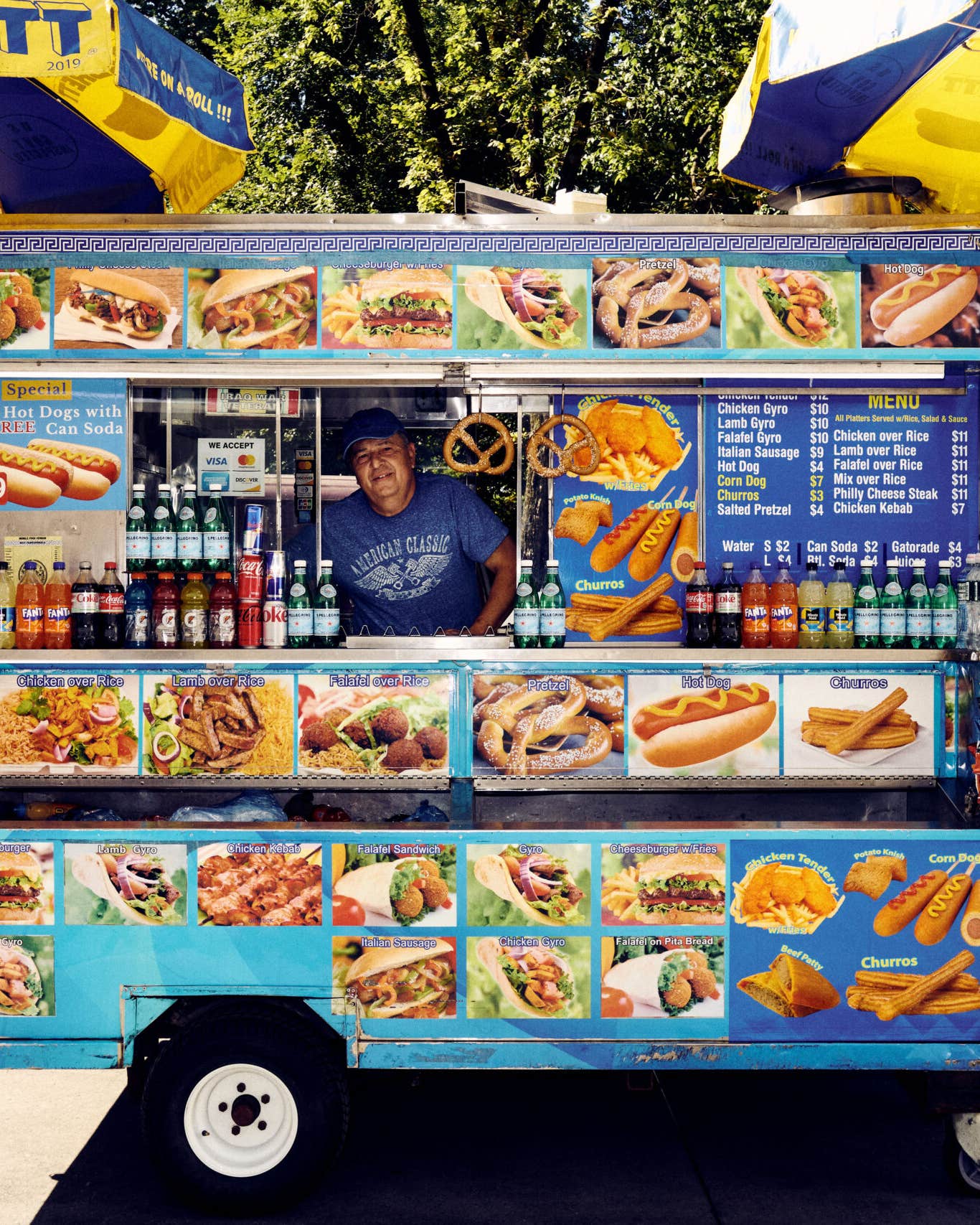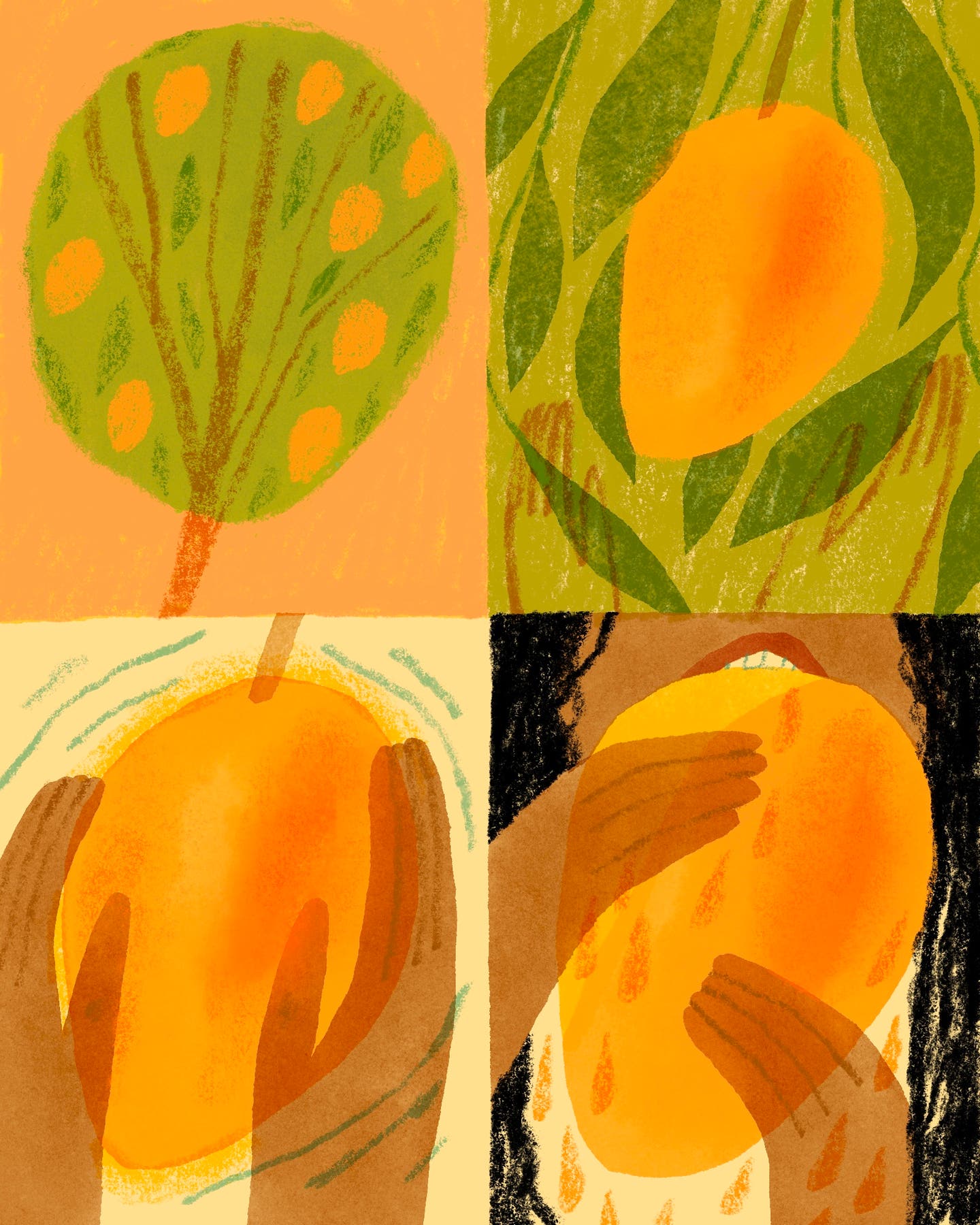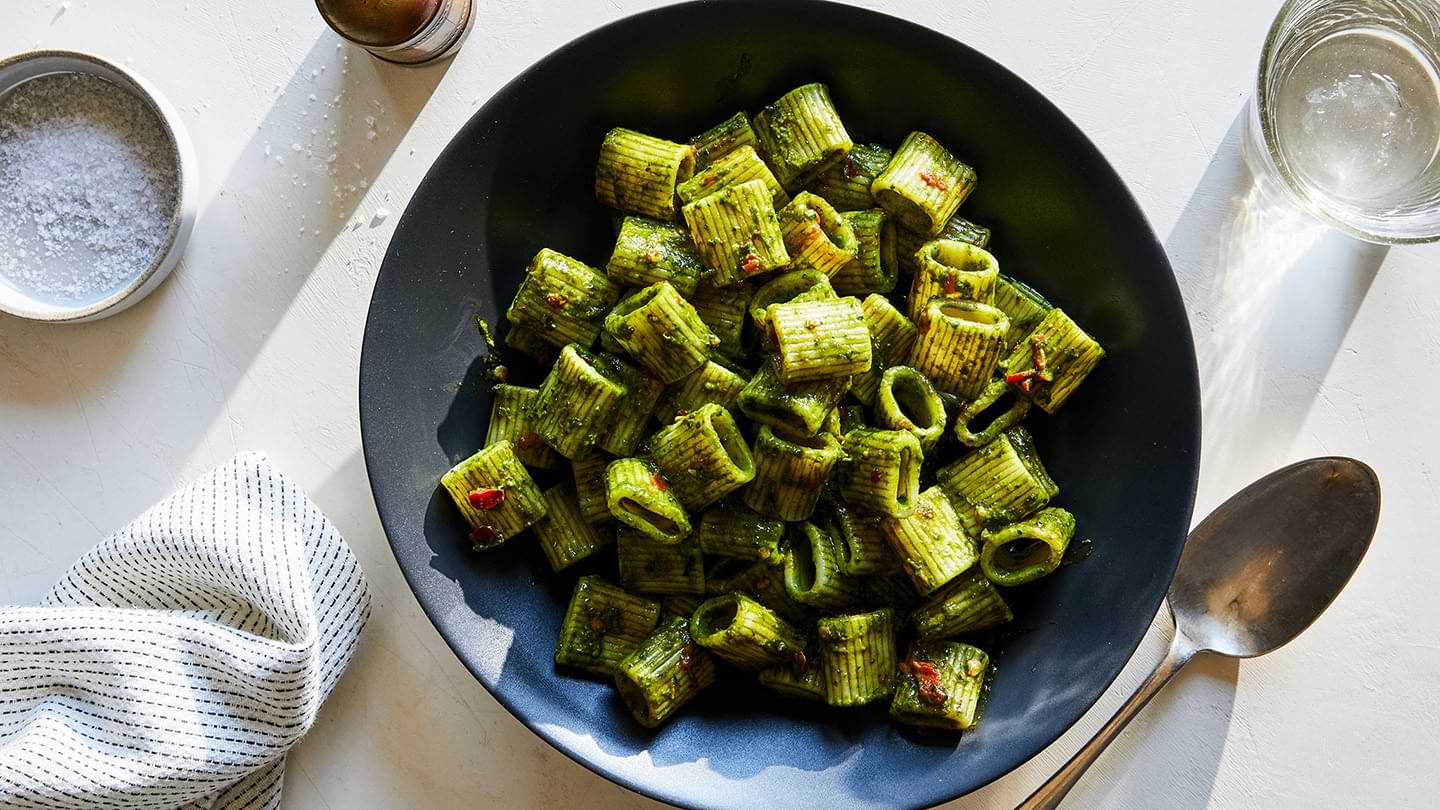Eat the World in 300 Cookies With This New Cookbook
Let Ben Mims’ epic country-by-country cookie guide be your passport.
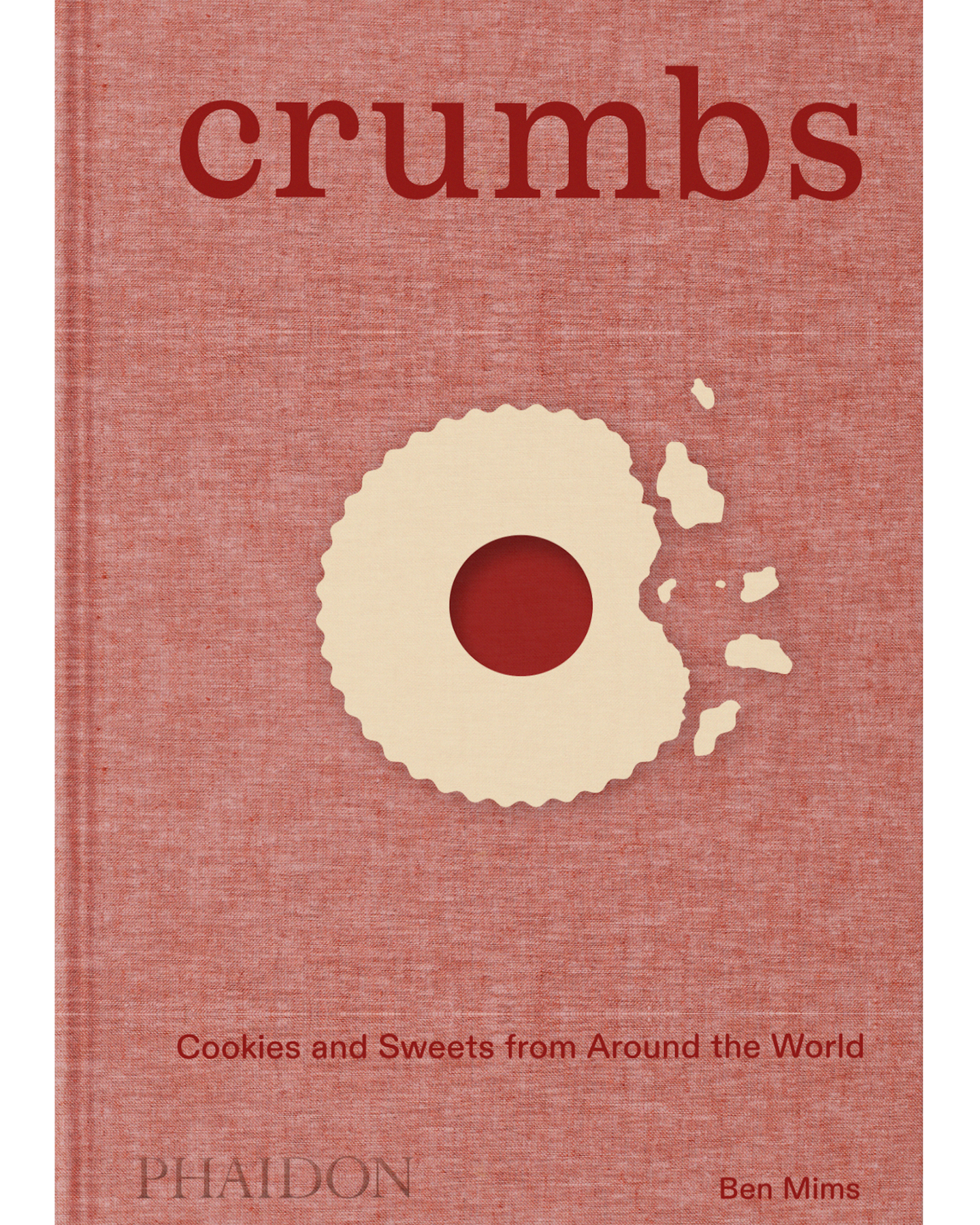
This interview is brought to you by the SAVEUR Cookbook Club, our passionate community of food-loving readers from around the globe, celebrating our favorite authors and recipes. Join us as we cook through a new book every month, and share your food pics and vids on social media with the hashtags #SAVEURCookbookClub and #EatTheWorld.
To longtime readers of SAVEUR, Ben Mims needs no introduction. He started his career at the magazine in the early 2000s, where he first developed a fascination with cookies, the most underestimated treats in the confectionary canon. Though his subsequent work at Lucky Peach, Food & Wine, and the Los Angeles Times covered many different topics, he never lost his love for cookie culture and the rich history that each and every cookie contains. So, when he was approached to write a book about cookies from around the world, his response was, “Wow, I’ve been thinking about this for years.” That passion drove the research that informed Crumbs: Cookies and Sweets From Around the World, a collection of 300 globally sourced recipes for the world’s most beloved crumbly and cakey bite-size treats. As he worked, Mims learned about cookies as a form of culinary diplomacy and the crucial techniques that allow him to bake with precision, patience, and above all joy.
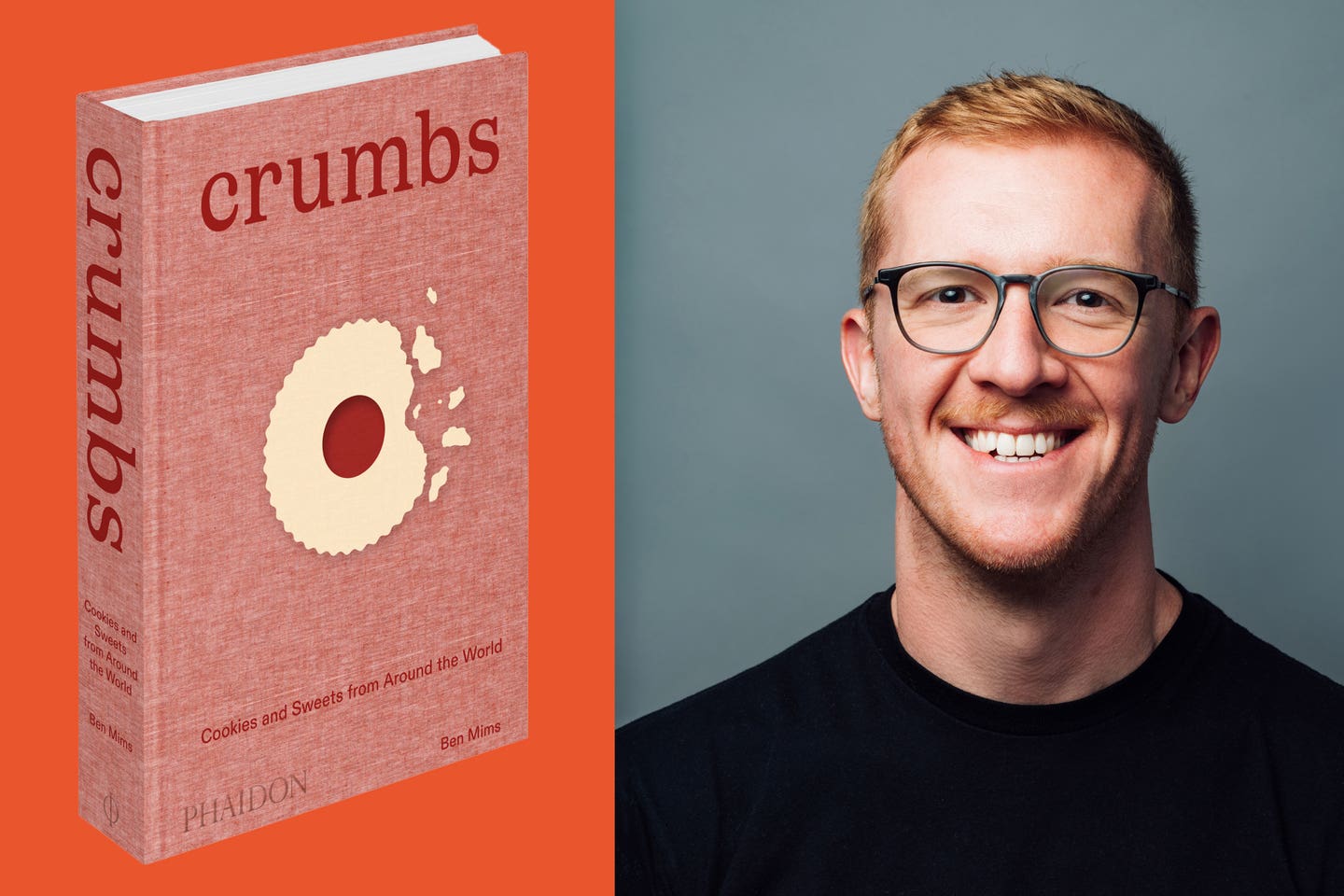
How did you narrow down your choices from 850 recipes to 300 recipes (which is still a lot)?
In my research, I saw that a lot of recipes spread all over. For example, the piped spritz cookie showed up everywhere, but once I figured out they originated in Germany, I cut out spritz recipes from other places. For me, it’s just as important to know where and why cookies spread to other countries as it is to know where they originally came from. There’s oreshki, little walnut-shaped cookies from Russia stuffed with dulce de leche that I also found in Tunisia, which didn’t make sense to me. But then I found out that Russia and Tunisia had a diplomatic relationship in the 1950s and they would share food back and forth. Cultures and ideologies and customs have moved throughout the world through cookies.
Why do you think it’s taken so long for people to take cookies seriously?
I have several theories, among them that cookies were seen as the domain of homemakers and that they were seen as frivolous, not nutritious, not needed to survive. But I also saw that a lot of cookie books focused on just flavors and textures, not on history or folklore. So, I had to read in between the lines a lot—in farmers’ almanacs, or in pamphlets in foreign languages about baking equipment—to piece together the history. Cookies often started out as one thing and changed over time, so locking in the history was quite difficult and a little scary. But it was really fun and once I got all the details I needed, I could exhale and say, “Okay, I finally got it.”
You have a lot of recipes that never go into an oven, such as the Vietnamese “Pig’s Ears” cookies. Do you see major differences in cookie-making techniques from place to place?
When I started researching, I tried to stick to one region at a time to find the similarities and themes that came from those cookies. For instance, many of the cookies in the Middle East use ghee or olive oil, often because of dietary restrictions. Then, in Greece, you see honey and grape syrup—Mediterranean agricultural products—and when those cookies move to Scandinavia, you see a switch to butter and to ingredients that grow there, like poppy seeds and rye flour. Certainly in Southeast Asia and in parts of Sub-Saharan Africa, traditional kitchens or ovens are not common, but there were a lot of communal ovens, and that’s where people were baking. I wanted all the cookies in the book to come from a tradition of baking at home and for the community. To me, that’s what the best cookies are: they’re made to be shared.
Tell me about three essential tools or pieces of equipment in your cookie-making arsenal.
One essential is pre-cut parchment paper for making the cookies easy to transfer, or to roll up dough for the freezer. I’m also a proponent of spring-loaded ice cream scoops for dough—I’m very type A and I need everything to be really clean and perfect and evenly proportioned so the cookies all bake the same way. And a good baking sheet is pretty essential. I love the old metallic kind, the cheap ones that last forever and don’t warp, just something clean and flat. These are all pretty basic, but if you have those things covered, then you’re really good.
What is your approach to making dough ahead of time?
I love making things ahead. Not just to give the dough time to improve—though those are wonderful reasons for the cookie—but because it gives the baker a break. Making cookie dough and trying to bake it all in one day, especially if it’s a complicated dough, is annoying. So I love to make dough, stick it in the fridge for a day, and forget about it. Then, the next day, I can cut out cookies and stick them back in the fridge for another day. Cookie dough is a lot like pie dough: If you move it straight into the oven, the dough is going to tense up a little bit and it might turn out slightly crumbly and dry, or even a little wet. But refrigerating dough overnight really evens that out and keeps it nice and tender and easier to roll and portion. Managing stress also helps people become better bakers; you need patience for baking.
There are many recipes, including the Somali cardamom shortbread, that make great use of spices. Do you have a strategy for using dried spices or fresh herbs in baking?
Spices bloom best in fat. If you’ve ever added spices to butter or oil, like in Indian cooking, you see how fat releases the aromas in spices. When I bake at home, I always add the spices directly to the butter because I want them dissolved in those fat molecules. Otherwise, just use fresh spices. Aside from cinnamon, which I go through a lot, I keep a separate coffee grinder just for spices. I use that every week and just pulse it clean with a handful of dry white rice between uses. For herbs, I love to blanch them, which sets their flavor and the color as bright green. I love an Italian cornmeal-based shortbread with rosemary, but the herbs always get a little brown and taste a little oxidized. So if you blanch your herbs, dry them completely, and then pulse them with sugar—that will lightly color the sugar and release those aromas into the butter.
The look of these cookies, like the windowpanes of jam on the Austrian Linzer cookies, is so aesthetically pleasing. Which cookies did you find especially beautiful to make?
At SAVEUR, we did a story on cookies for the holiday of Eid al-Fitr, and one of them was makroud, this Tunisian cookie made with a semolina and saffron dough and filled with date paste, which is cut on the diagonal, deep-fried, then coated in a honey syrup with orange blossom and rose water and coated in sesame seeds—just beautiful. It’s no secret that Scandinavia has some of the most beautiful cookies, too, like checkerboard cookies and almond tarts filled with whipped cream and lingonberry jam. The last ones would be the Napolitaines from Mauritius, which are shortbread cookies sandwiched with raspberry jam with this bright pink glaze, they’re really stunning.
Do you have favorite pairings for cookies?
I’m a traditionalist, honoring where the cookies came from. For British cookies, serve them with tea. Scandinavian fika-style cookies are made not just to be paired with coffee, but to be eaten six or seven at a time; that’s why they’re so small. That’s a lesson I think we could take to America: make smaller cookies so you can enjoy a bigger variety. A lot of Eastern European cookies, which have less sweet fillings like prunes or cheese, would be fantastic with beer or wine. American cookies are so sweet, you need a big glass of milk just to cut through that sugar.
I love the idea of children all across the world, having taken a page from Crumbs, putting out a plate of cookies with a glass of wine or beer for Santa.
Yes—just a glass of wine and the Italian ciambelline. That would be hilarious.
Recipes
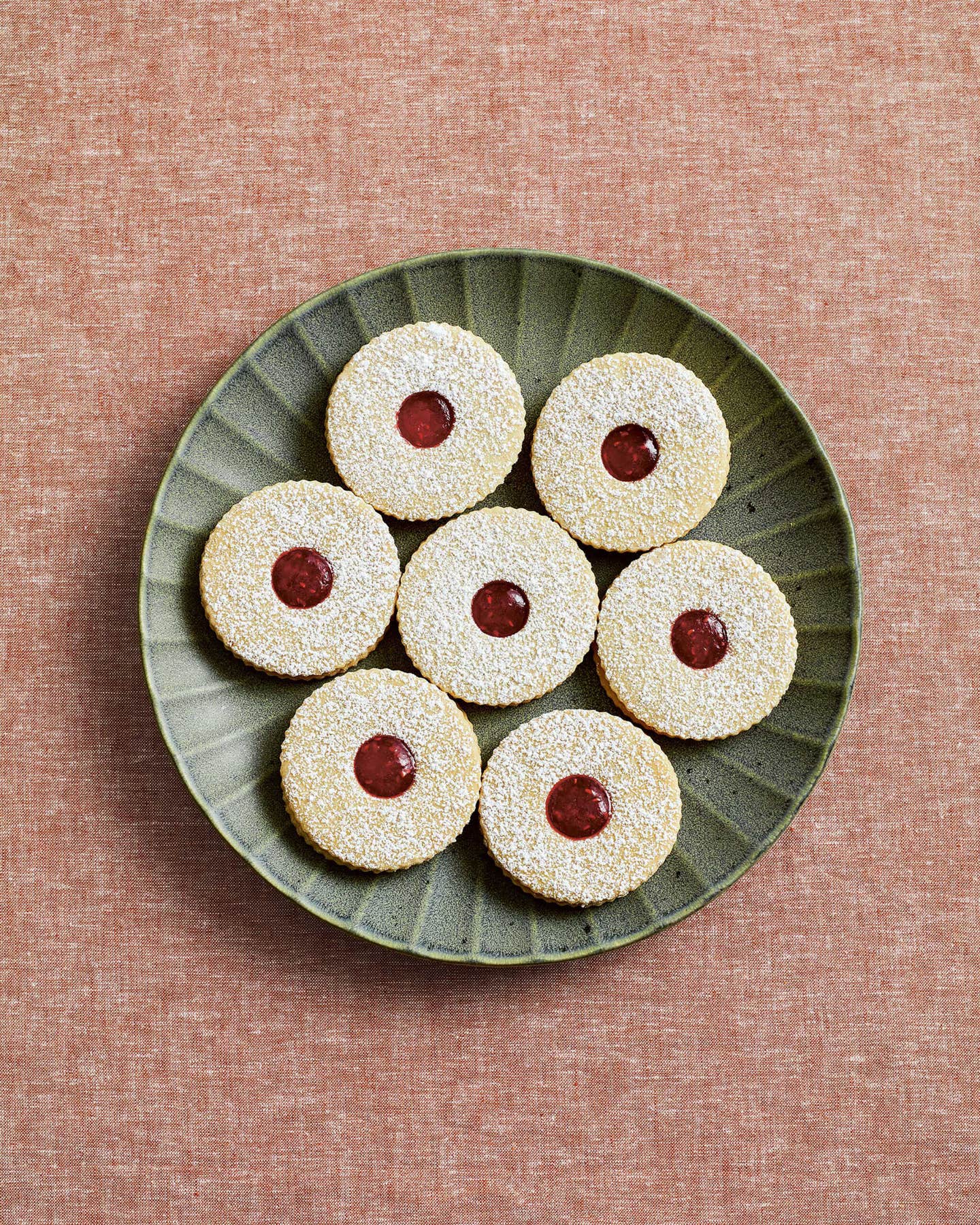
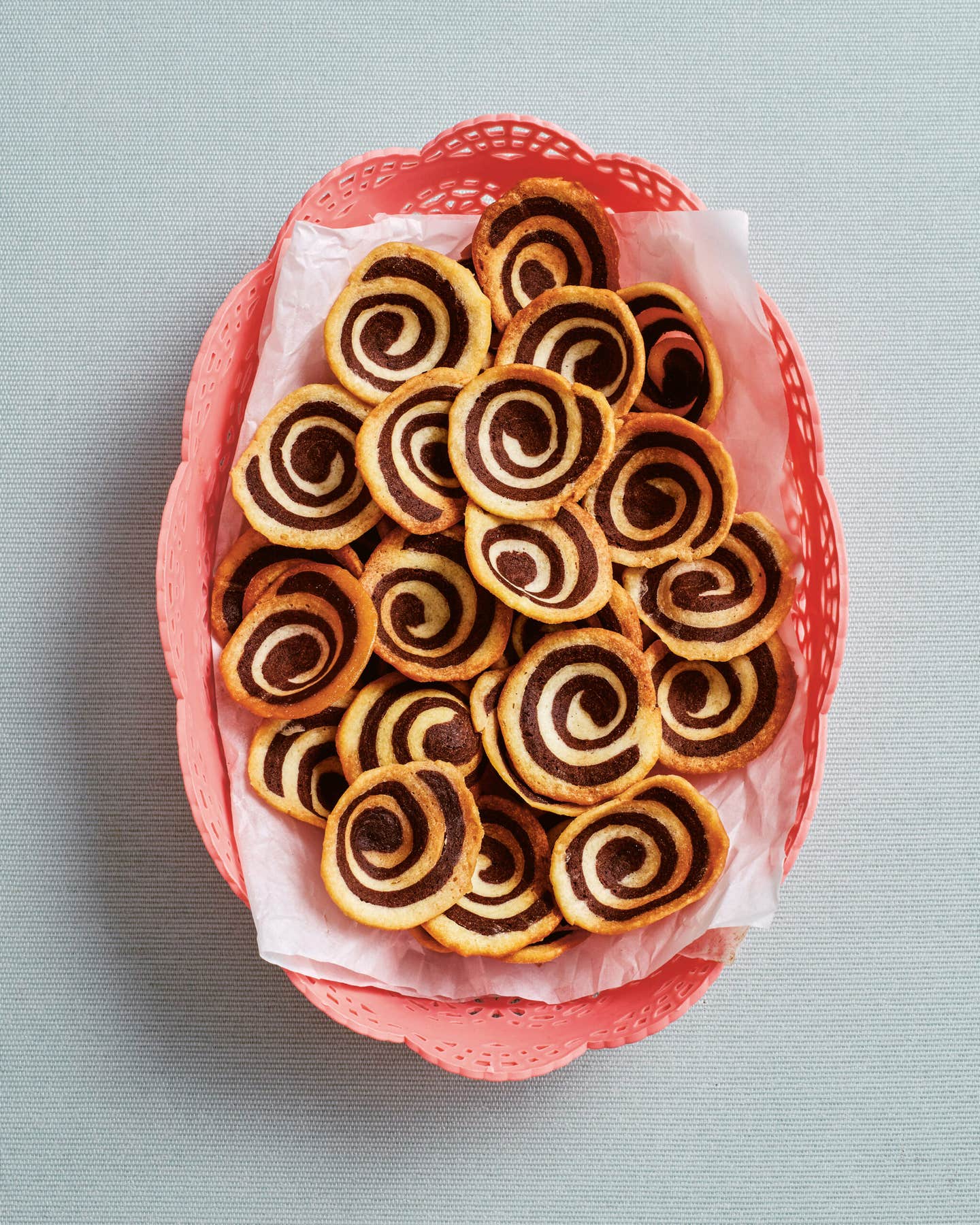
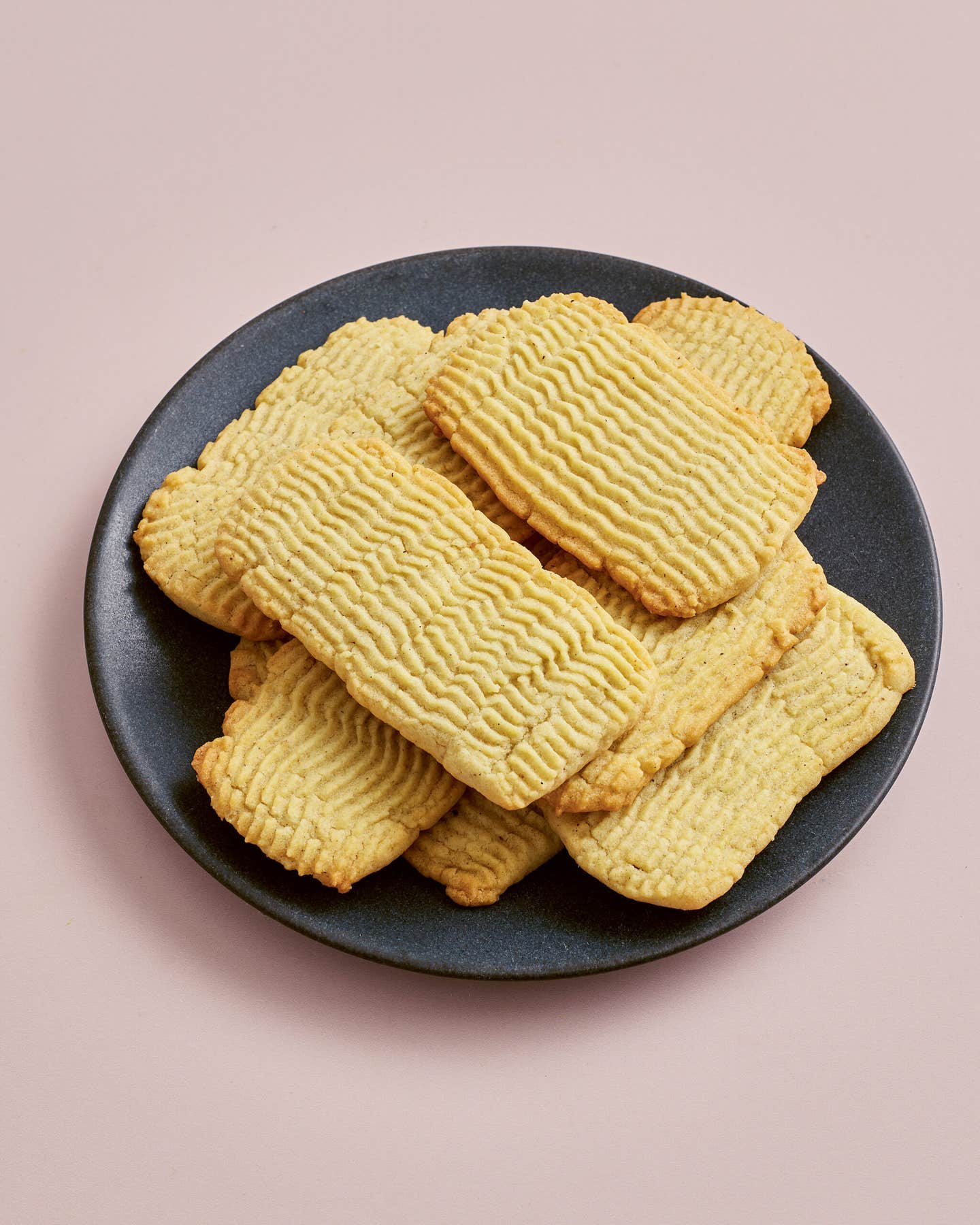
Keep Reading
Continue to Next Story
